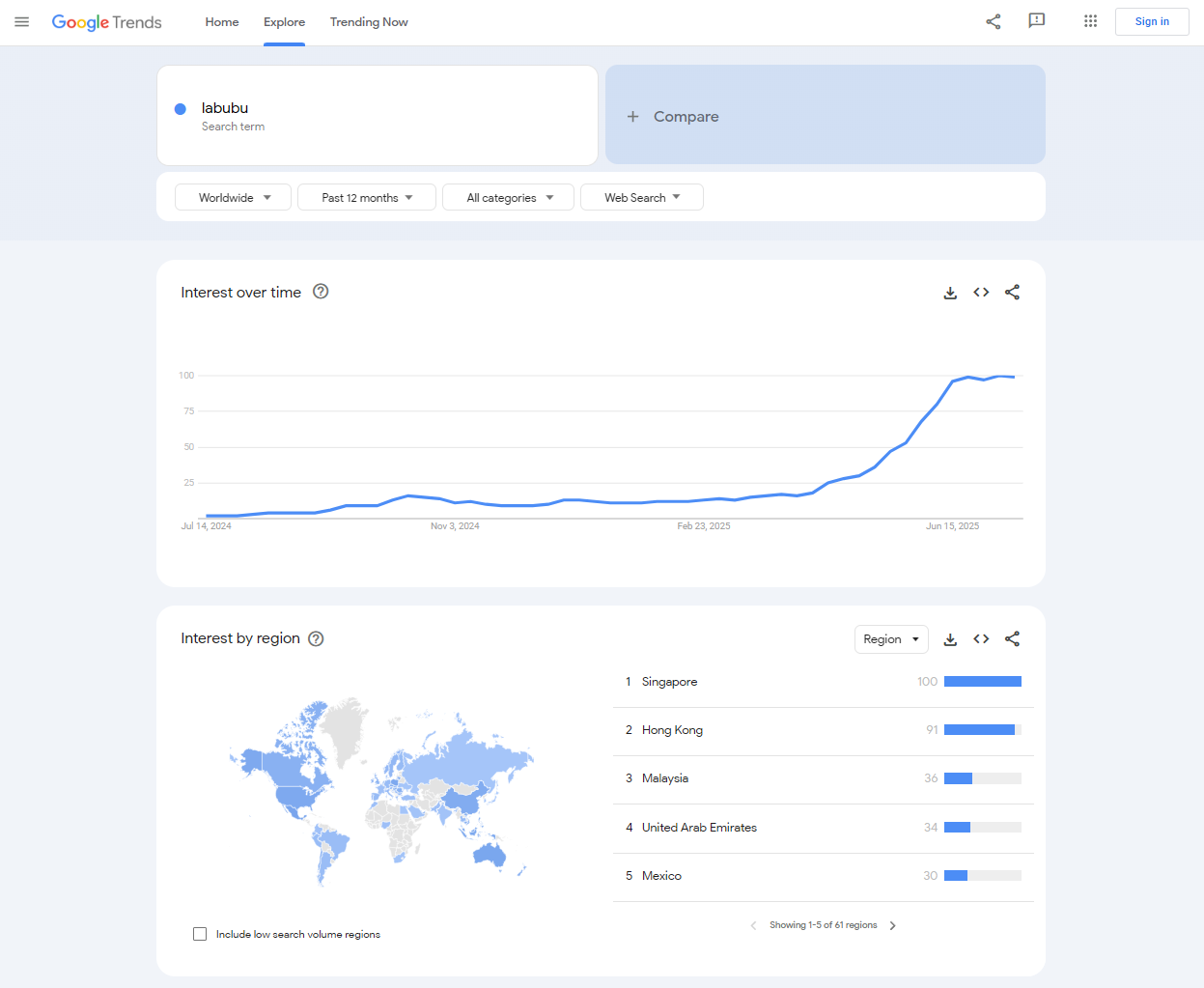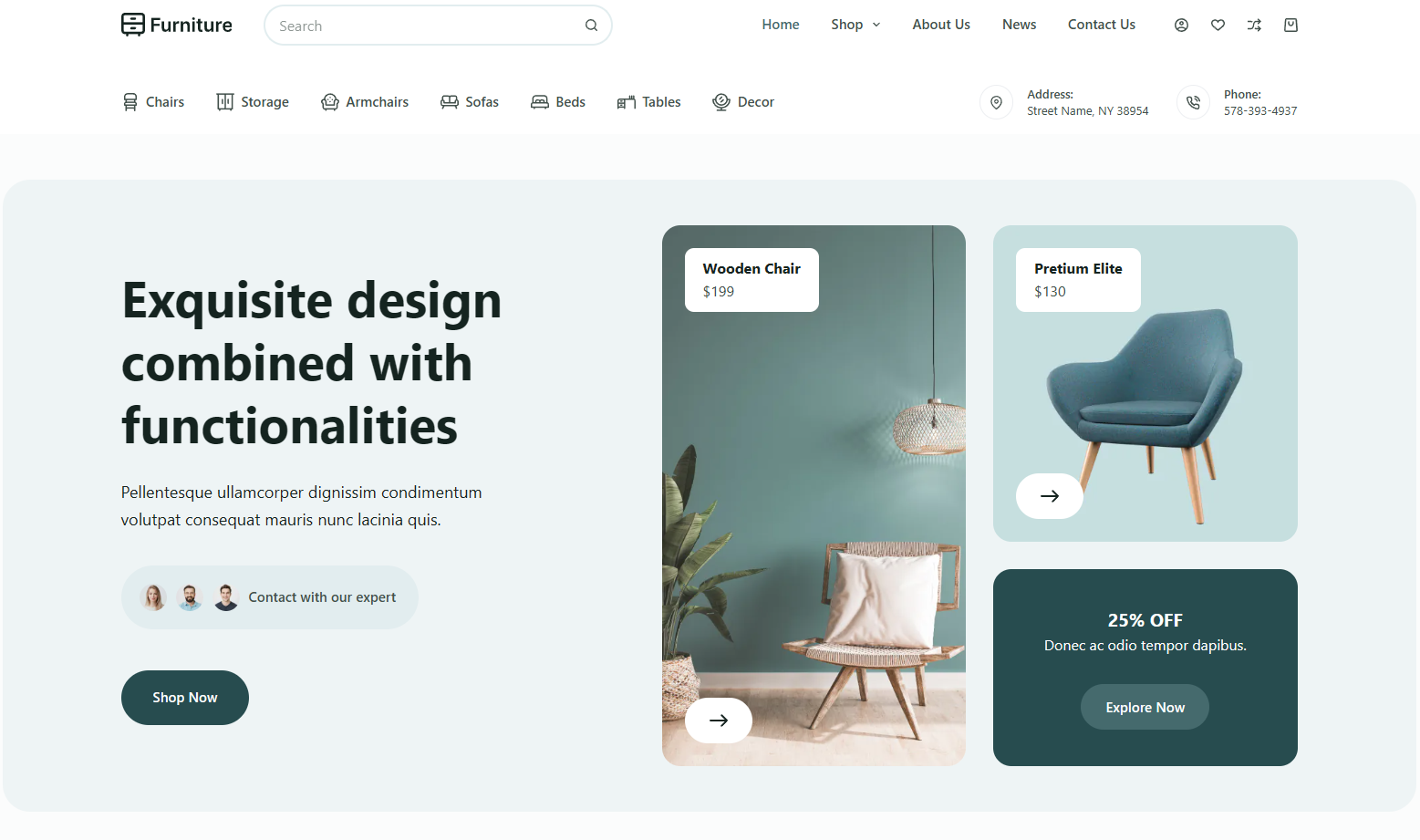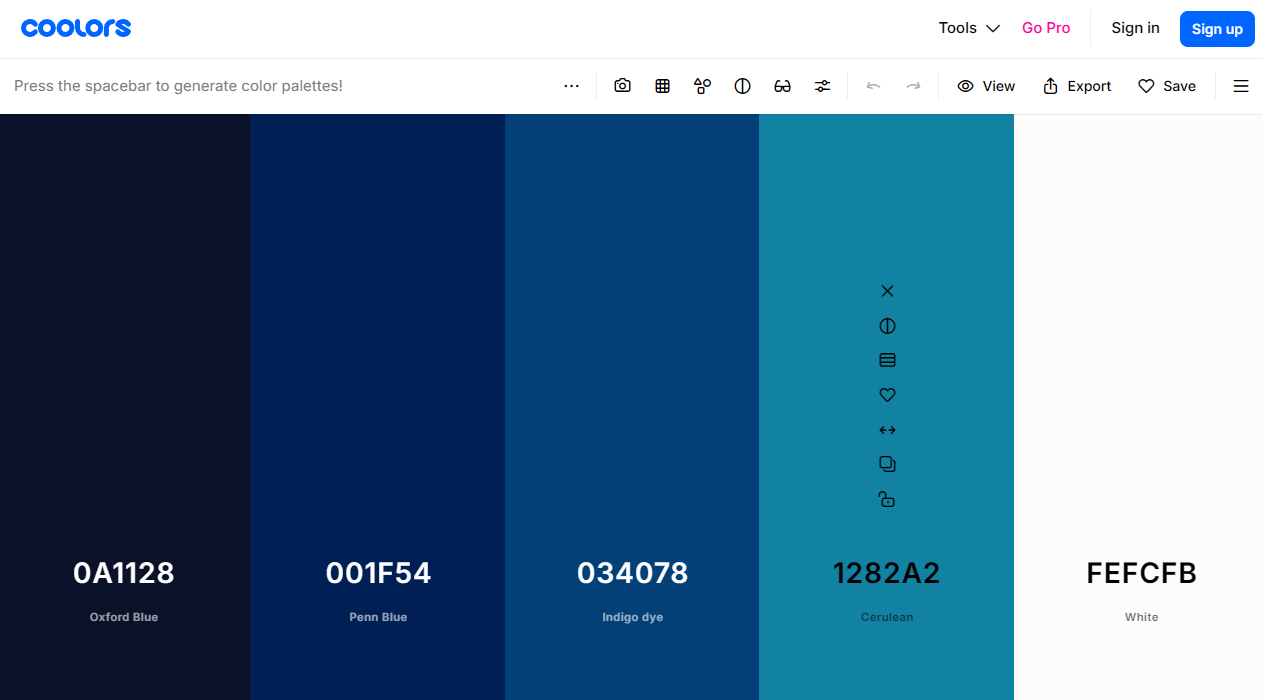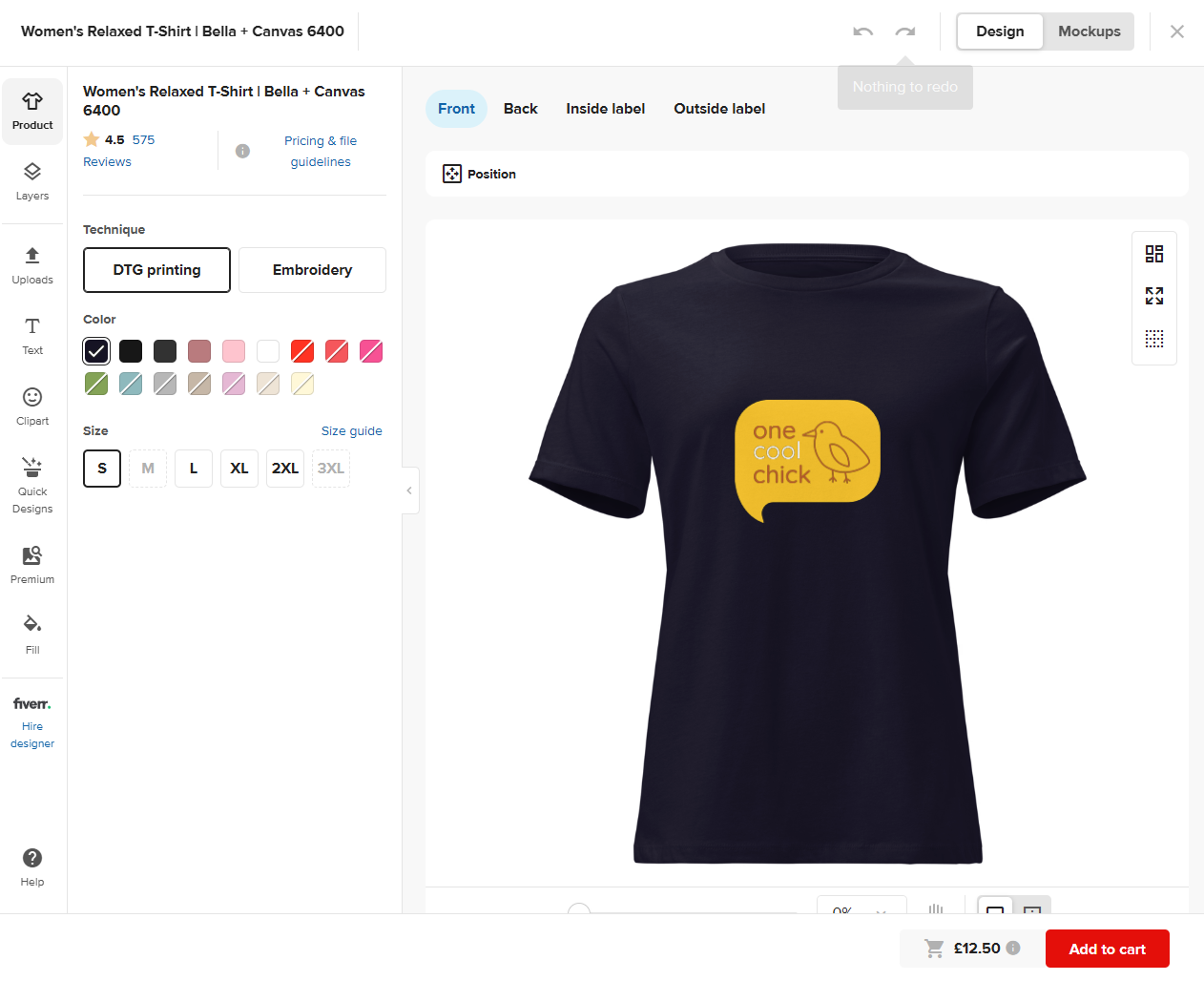“You need capital to start an eCommerce business” is one of the biggest myths holding people back from launching.
The truth is, with the right tools and approach, you can start selling online without investing a dollar upfront and without cutting corners on quality or professionalism.
Thanks to free platforms, print-on-demand services, dropshipping suppliers, and powerful creative tools, starting an eCommerce business today is more accessible than ever.
You don’t need inventory. You don’t need a warehouse. You don’t even need a logo designer.
Why should you consider starting now?
- Low barrier to entry. You don’t need tech skills or capital.
- Flexible business model. Work from anywhere and build on your schedule.
- Huge growth potential. eCommerce sales are booming, and niches are wide open for new entrants.
In this guide, we’ll walk you through how to launch your online store with zero money. From choosing a product model to marketing and scaling, you’ll learn how to build a business step-by-step with nothing but free tools and your creativity.
Start with a Business Idea That Doesn’t Require Inventory
One of the easiest ways to start an eCommerce business with no money is to choose a model that doesn’t require holding inventory. This means you can launch without spending anything on products upfront, warehousing, or shipping.
Here are four beginner-friendly business models that require no inventory:
- Dropshipping. This involves selling physical products from suppliers who ship directly to your customers.
- Print-on-demand. Create custom designs for apparel, mugs, or posters that are printed only when ordered.
- Digital products. Sell templates, e-books, planners, or courses that can be delivered instantly online.
- Affiliate stores. Curate and promote products from other brands and earn a commission on each sale.
When choosing what to sell, start by picking a niche that solves a specific problem. Look for signs of real demand. To do this, you can use Google Trends to track search interest and Reddit to dive into forums where your target audience hangs out and discusses their pain points.

The goal at this stage is validation. You want to find a simple, viable idea that you can launch without spending money on inventory or development. Once that’s in place, you’re ready to start building.
Use Free eCommerce Platforms
Once you’ve chosen a business idea, the next step is setting up your online store.

There are several eCommerce platforms that allow you to build and launch a store without upfront costs:
- WooCommerce or Easy Digital Downloads (EDD) on WordPress. Ideal for those selling physical or digital products. Pair it with the free Blocksy theme to create a clean, fast, and professional-looking store using its eCommerce Website Templates.
- Shopify (free trial). Offers a user-friendly experience and built-in tools, great for testing your idea quickly.
- Gumroad. Perfect for selling digital products or simple one-page physical items, with no setup fees and a built-in checkout.
These platforms help you avoid costs like hosting, domain registration, and complicated design work. Most let you use a free subdomain (like yourstore.gumroad.com or yourstore.myshopify.com), so you can start selling without investing in a custom domain right away.
The goal here is simple: launch a basic store that’s good enough to validate your product idea. You can upgrade later as profits start to roll in. Right now, focus on getting live and collecting feedback from real customers.
Create a Brand
You don’t need to hire a designer or branding agency to create a professional-looking brand. With free tools and a bit of strategy, you can build a visual identity that looks polished and trustworthy, all without spending a cent.

Start with the basics:
- Logo. Use Canva to design a simple, modern logo in minutes. They offer free templates that are perfect for eCommerce stores.
- Brand kit. Choose fonts and colors using Coolors and Fontpair to create a consistent look for your store, social media, and product pages.
- Product images. Use Canva Smartmockups to create high-quality mockups for print-on-demand products, or grab professional-looking stock photos from Unsplash or Pexels.
But keep in mind that branding isn’t just visuals. Strong brands focus on what result the customer gets. For instance, instead of just listing product features, highlight the benefit: What problem does it solve? How does the customer benefit from it?
Your goal here is to create a professional vibe that builds credibility.
List or Create Products
With your brand and store in place, it’s time to add products.

Here’s how to do it without spending any money:
- Dropshipping. Use platforms like DSers or AutoDS to import products directly into your store from suppliers. When someone buys, the supplier ships the product for you. No storage, no upfront costs.
- Print-on-demand. Create custom designs using print-on-demand services like Printful or Printify. These platforms print and ship items like t-shirts, mugs, or posters only when a customer places an order.
- Digital products. Sell templates, checklists, or planners you create in Google Docs, Google Sheets, or Canva. They’re easy to make and can be delivered instantly via download.
- Affiliate model. Set up a curated store using affiliate links from programs like Amazon Associates. You promote other people’s products and earn a commission on each sale you make.
Start by building a small, focused product list that aligns with your niche. Each product should solve a clear problem or meet a specific need. The goal is to list products that don’t require you to hold inventory or spend money to get started.
Market Your Products
Once your products are listed, the next challenge is getting eyes on them without spending money on ads. Thankfully, there are powerful organic marketing strategies you can use to drive traffic and sales for free.
Here are some proven methods:
- Content marketing. Start a simple blog on your store or post helpful content on platforms like Medium. Answer common questions your target audience is searching for.
- Email marketing. Use free tools like Mailchimp or ConvertKit (free tiers available) to start building an email list. Offer a freebie or discount in exchange for sign-ups, then stay in touch with product updates or tips.
- Answer questions on forums. Forum sites like Reddit and Quora are goldmines for connecting with people looking for solutions. Provide genuine help, and link to your products when relevant.
- Social media. Post product demos, behind-the-scenes content, or tutorials on platforms like YouTube, Instagram, or TikTok. Focus on being helpful, not just promotional.
- Collaborate with influencers. Reach out to micro-influencers who align with your niche. Many will promote your product in exchange for a free sample or affiliate link.
Your goal is simple: attract real customers using time and creativity instead of money.
Reinvest Profits to Scale
Once your first sales start coming in, it’s time to think about growth. Instead of spending aggressively, reinvest a portion of your profits back into the business strategically and sustainably.
Here’s where to start:
- Custom domain. Buying your own domain (e.g. yourbrand.com) adds credibility and strengthens your brand. You can get one for as little as $10-15 per year.
- Upgraded platform or hosting. Consider moving to a paid Shopify plan or premium WooCommerce hosting for better performance and features.
- Better tools. Invest in upgraded email marketing tools or fulfillment apps that save time and improve customer experience.
- Simple paid ads. Start small with Facebook, Instagram, or Pinterest ads. Even $5/day can drive consistent traffic if your targeting is right.
- Use customer feedback. Pay attention to the voice of the customer. Their feedback, reviews, and questions will help you refine your product selection, messaging, and user experience.
Remember: scaling doesn’t have to mean “spending big”. By reinvesting what you earn, you can build momentum, improve your brand, and grow.
Common Mistakes to Avoid When Starting without Money
Starting an eCommerce business with no budget is totally doable, but there are a few common pitfalls that can slow you down or derail your progress.
Here’s what to watch out for:
- Overthinking branding. Don’t spend weeks perfecting your logo or color palette before you’ve even validated your product idea. Focus on solving a problem first and refining the look later.
- Relying only on friends and family for feedback. Their opinions are kind, but not always objective. Get feedback from your actual target audience.
- Waiting to feel “ready”. There’s no perfect moment to launch. Start now, learn as you go.
- Not tracking costs. Even a zero budget business will eventually bring in expenses. Use a simple spreadsheet to track every dollar that goes in and out of your business.
- Forgetting to scale. Once you make your first few sales, don’t stop. Reinvest, improve, and keep moving forward.
Avoiding these mistakes will help you grow faster and more sustainably.
Conclusion
Starting an eCommerce business without money in 2025 is a smart move. With free tools, no-inventory business models, and creative marketing, you can launch, grow, and scale on your own terms.
To recap:
Start with a simple, no-inventory business idea. Use free platforms to build your store. Create a clean, consistent brand with free design tools. Add products with zero upfront costs. Market organically through content and social media. Then, reinvest profits to grow gradually and sustainably.
The key is to start small, move fast, and stay focused on solving real problems for your customers.
Have questions about how to get started? We’d love to hear your thoughts or help you take the next step.






